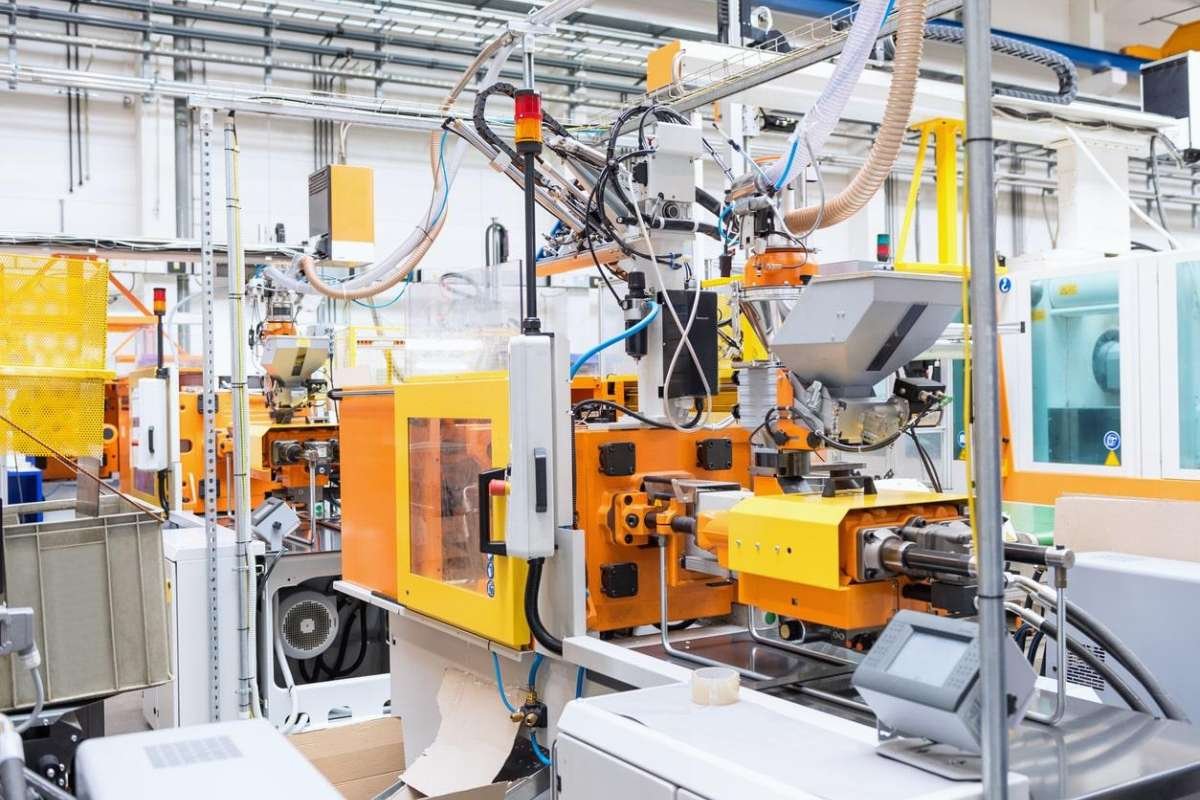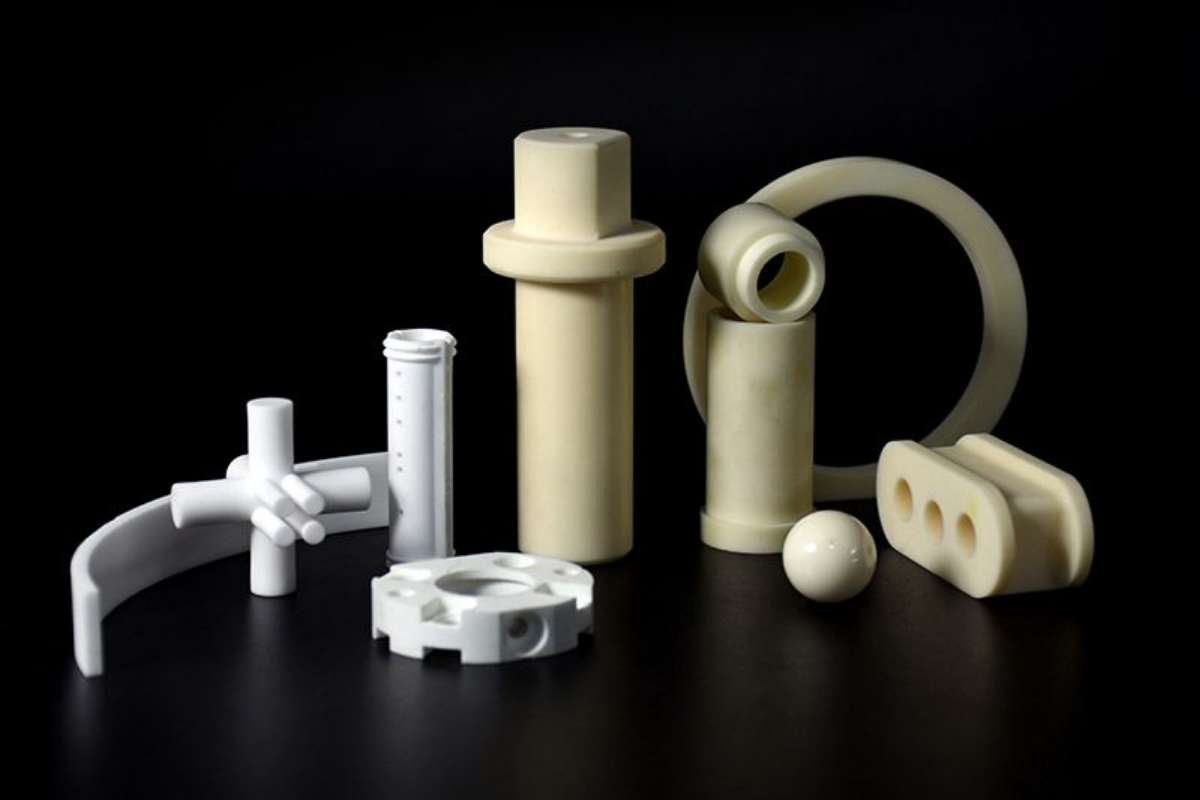In the field of manufacturing, several techniques are used to make products. Injection molding is a technique used to produce high-quality plastic components used in automotive, electronics, medical devices, and household products. This invention of the manufacturing world plays a crucial role and offers its advantages to countless industries. In this article, we will explore the process, benefits, applications, challenges, and advancements of Injection Molding.
What is Injection Molding?
Injection Molding is a manufacturing process used for producing parts by injecting molten material into a mold. The most common materials used in this process are thermoplastics, although metals, glass, and elastomers can also be molded. The process involves four key steps: melting the material, injecting it into a mold, cooling it to solidify the shape, and ejecting the final product.
The technique allows for the rapid production of large volumes of identical items with minimal waste. It is especially favored for its accuracy and ability to produce complex shapes that would be difficult or impossible to achieve with other manufacturing methods.
The Injection Molding Process: Step by Step
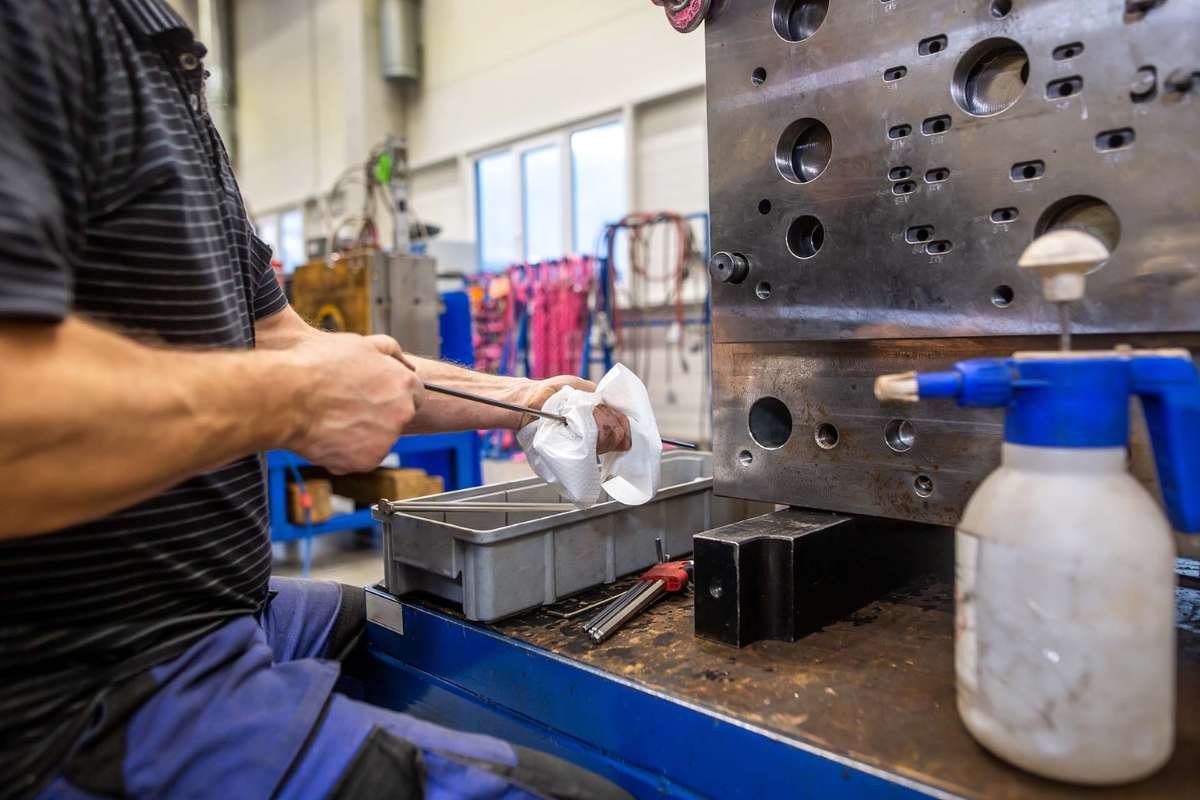
Understanding how Injection Molding works is essential for grasping its versatility and precision. The process generally follows these stages:
1. Clamping
The mold consists of two halves—core and cavity. These halves are securely closed using a clamping unit to prepare for material injection.
2. Injection
Molten plastic is injected into the mold under high pressure. The material fills the mold cavity, conforming to its shape.
More like this: Plastic Injection Molding Companies: Driving Innovation in Manufacturing
3. Cooling
Once filled, the mold is cooled to allow the material to solidify into the desired shape. The cooling time depends on the material and the part’s geometry.
4. Ejection
After cooling, the mold opens, and the part is ejected using ejector pins or a similar mechanism. The mold then closes again, ready for the next cycle.
Materials Used in Injection Molding
A wide range of materials can be used, each offering different mechanical, thermal, and aesthetic properties:
- Polypropylene (PP) – Lightweight and resistant to fatigue.
- Acrylonitrile Butadiene Styrene (ABS) – Tough and impact-resistant.
- Polycarbonate (PC) – Transparent and strong.
- Nylon (PA) – Wear-resistant and durable.
- Thermoplastic Elastomers (TPE) – Flexible and rubber-like.
Material selection depends on the specific application requirements, including strength, flexibility, temperature resistance, and cost.
Benefits of Injection Molding
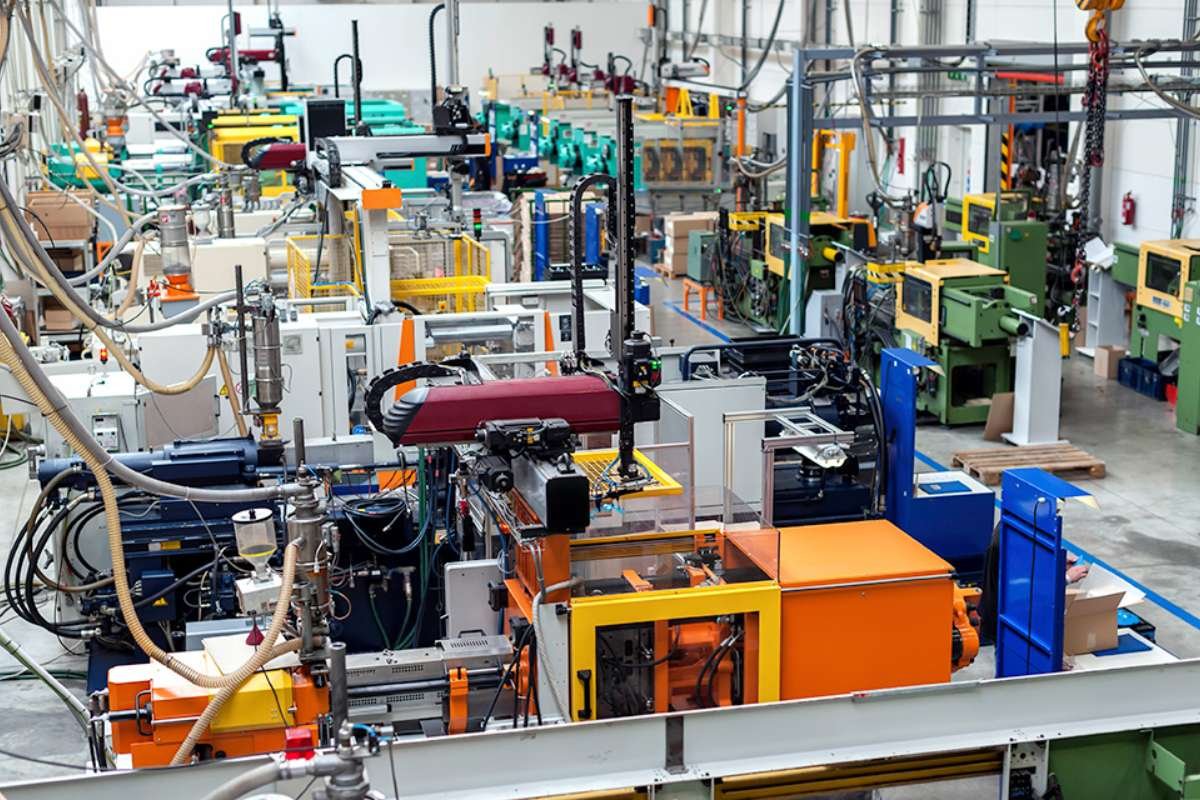
The widespread adoption of Injection Molding is due to its numerous advantages, which include:
1. High Efficiency
Once the mold is designed and produced, the actual molding process is extremely fast. High-speed cycles mean thousands of parts can be produced in a short period.
2. Consistency and Precision
The process offers excellent repeatability. Each part is nearly identical, which is critical for quality control in mass production.
3. Minimal Waste
Modern machines recycle leftover material from each cycle, making Injection Molding an environmentally friendly option.
4. Low Labor Costs
Because the process is highly automated, labor requirements are minimal. One operator can manage multiple machines.
5. Complex Designs
Intricate parts with fine details and tight tolerances can be manufactured without additional processing.
Applications of Injection Molding
Injection Molding is incredibly versatile, making it suitable for a wide range of industries. Here are some of the key applications:
1. Automotive Industry
From dashboards to engine components, many car parts are produced using Injection Molding for their strength, light weight, and cost-effectiveness.
2. Medical Devices
Precision and hygiene are paramount in medical manufacturing. Items like syringes, enclosures, and diagnostic components benefit from the accuracy of molded plastics.
3. Consumer Goods
Everyday items such as containers, toys, and kitchenware are mass-produced using this process.
4. Electronics
Casings, connectors, and even internal parts of smartphones, televisions, and appliances are made using molded plastic.
5. Packaging
Lightweight and durable packaging components, like bottle caps and food containers, are manufactured efficiently through Injection Molding.
Challenges in Injection Molding
Despite its many benefits, the process is not without its challenges:
1. High Initial Cost
Designing and manufacturing molds can be expensive, particularly for complex parts. However, this is offset by long-term savings in high-volume production.
2. Design Limitations
Some complex geometries may require additional considerations like parting lines or draft angles to facilitate mold release.
3. Material Restrictions
While many plastics are suitable, not all materials can be used. Some may degrade or become too brittle during the process.
Innovations in Injection Molding
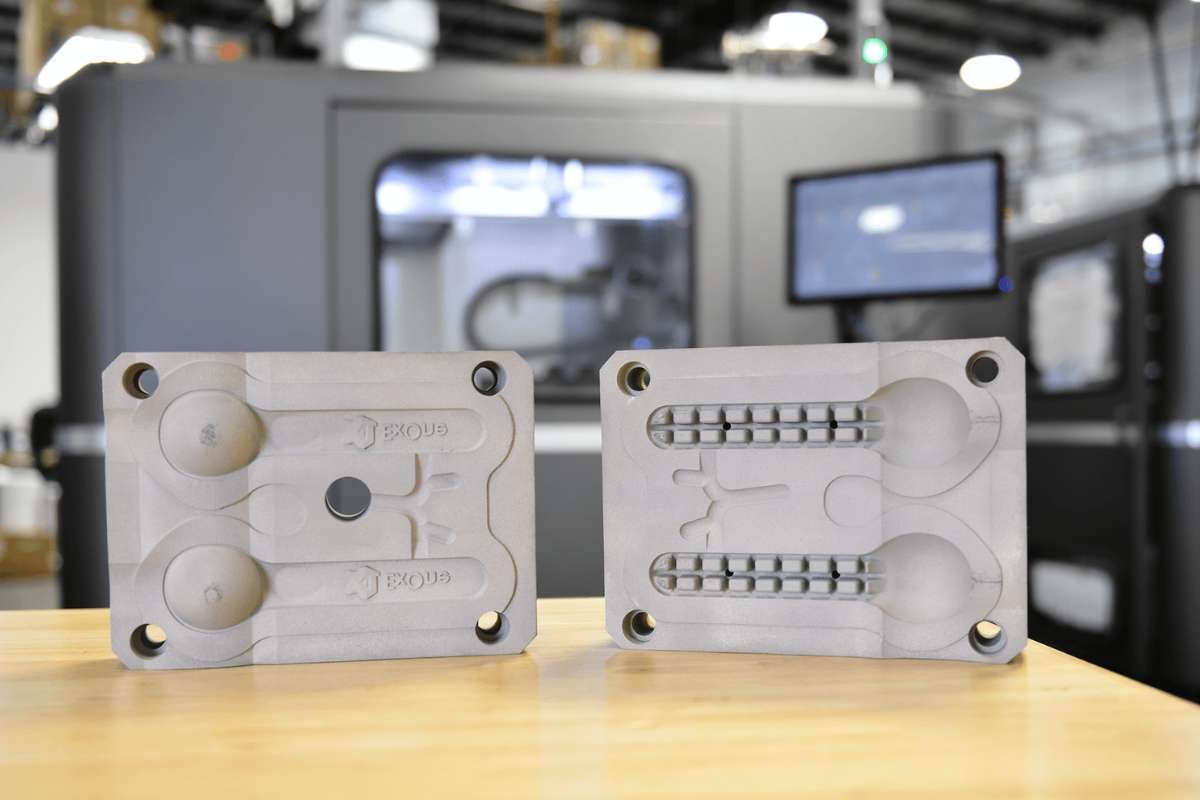
As technology advances, Injection Molding continues to evolve. Some recent innovations include:
1. 3D Printed Molds
Additive manufacturing allows for rapid prototyping and testing of molds before committing to full-scale production.
2. Micro Molding
This technique is used for producing ultra-small parts, such as components in hearing aids or microelectronic devices.
3. Overmolding and Insert Molding
These specialized techniques allow for combining multiple materials or embedding components into a molded part.
4. Smart Molding Machines
IoT-enabled machines collect real-time data to improve quality control, efficiency, and predictive maintenance.
Environmental Considerations
Sustainability is becoming a priority in manufacturing. Modern Injection Molding practices are incorporating greener alternatives:
- Biodegradable Plastics – PLA and other materials are gaining popularity.
- Recycling Programs – Scrap and defective parts are often reprocessed.
- Energy Efficiency – Newer machines consume less power and reduce carbon footprints.
How to Choose an Injection Molding Partner?
If you’re considering outsourcing production, here are key factors to evaluate when selecting a molding partner:
- Experience and Expertise – Look for a company with experience in your industry.
- Material Selection – Ensure they offer a wide range of material options.
- Quality Control – Check for ISO certifications and quality assurance processes.
- Production Capacity – Confirm they can scale to meet your volume needs.
- Communication – A transparent partner will keep you informed from prototyping to delivery.
Conclusion
Injection Molding has become a fundamental manufacturing process among various industries. By promising high-quality parts, this technology has become a favourite for many companies. Its applications are endless, from intricate medical components to durable automotive parts. The investment in molds used in this technique is high, but it promises cost savings on large-scale production. There is a high chance of Injection molding to be evolved with the evolving technology. It will be more versatile, sustainable, and accessible.



